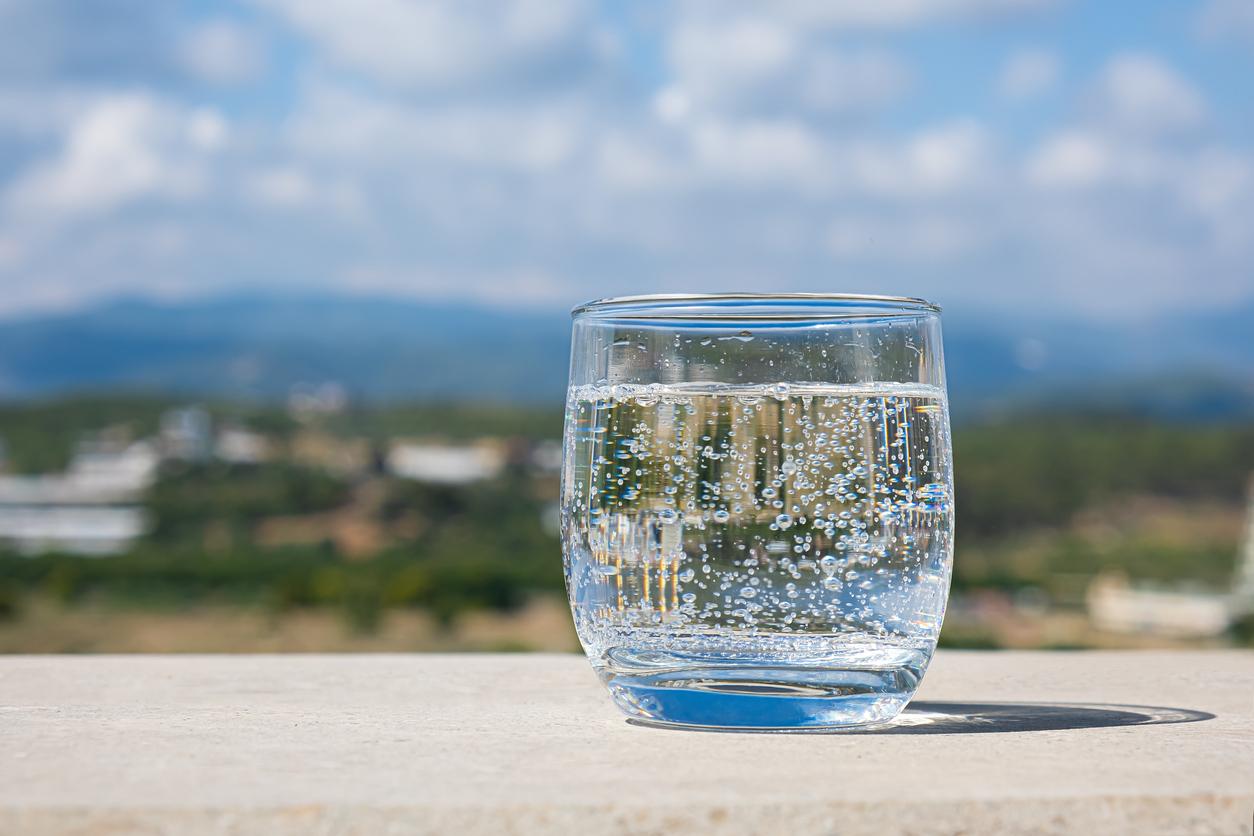Watercress, we don’t eat it often, and that’s a shame! Because this crucifer (it belongs to the same family as cabbage) is very low in calories, excellent for health and ultra-rich in vitamins, minerals and antioxidants…
Attention : there are many varieties of watercress. In France, watercress is mainly grown (Nasturtium officinale) and garden cress (Lepidium sativum): they are found on the markets from April to October.
On the health side, watercress is very low in calories since it totals only 14 Kcal per 100 grams – top when you try to pay attention to your line. On the other hand, it contains interesting levels of vitamins and minerals: in 100 g, there are 1910 µg (micrograms) of provitamin A, 51.50 mg (milligrams) of vitamin C and 250 µg of vitamin K1, as well as calcium , iron, magnesium, potassium…
Watercress, a good source of vitamin C and calcium
Good to know : more than 60% of the calcium contained in watercress is assimilated by our body, against only 5% for the calcium contained in spinach.
In addition, several scientific studies underline the interest of eating watercress on a daily basis: this crucifer would contribute to preventing certain cancers (of the lung, ovary and kidney, in particular), would reduce the risk of developing macular degeneration linked to age (AMD), and would help the proper functioning of the cardiovascular system. In short, that’s good !
In the kitchen, watercress is not very complicated to prepare: raw, it replaces lamb’s lettuce or oak leaf in our salads, and goes well with melon, radish, corn, hard-boiled eggs… It can also be added “on the fly” to an omelette or pan-fried vegetables. Cooked, it can be used to prepare ultra-healthy soups and can be easily integrated into our quiches and savory cakes. A portion of watercress corresponds to approximately 80 grams.
Sources:
- 200 slimming and detox menus – Dorothée van Vlamertynghe, ed. Leduc.S
- My little magic recipes without Fodmaps – Dr. Pierre Nys, ed. Leduc.S
- I eat healthy and organic, even at work! – Marie Chioca, ed. Living Earth
- What are we eating ? Vegetables ! – collective, ed. Living Earth





















